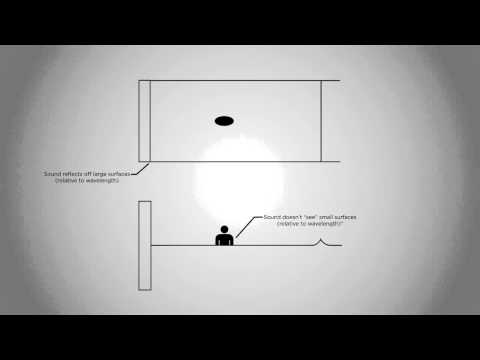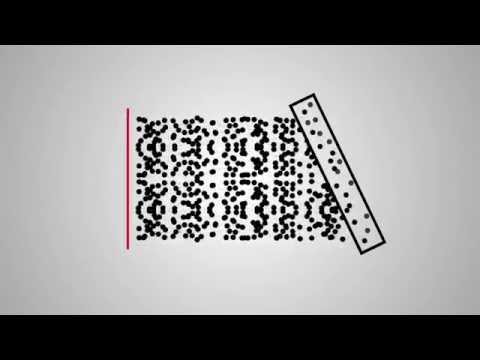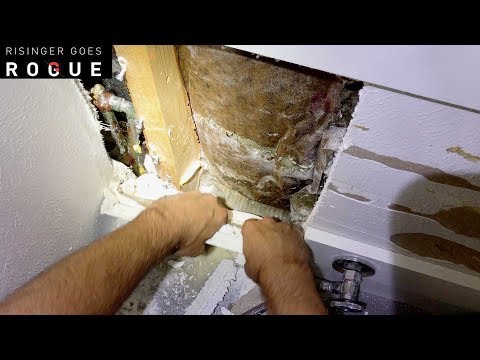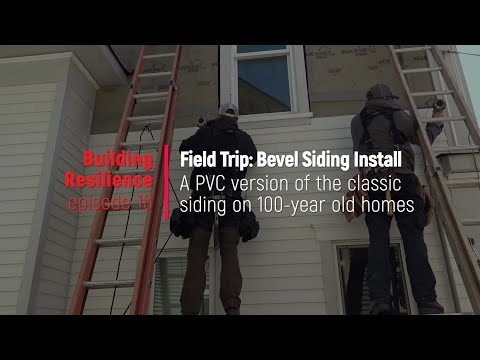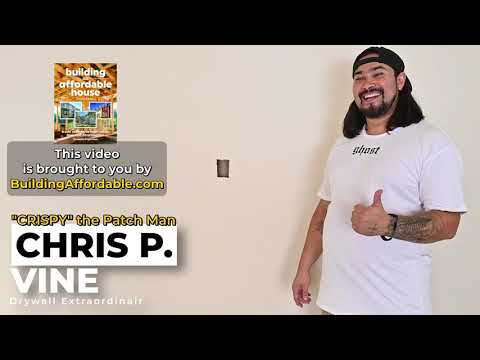Ray tracing animations show how sound in an enclosed room reflects off of hard surfaces, creating reverberations and echoes that can make spoken language unintelligible.
—This is the last in a series of 4 videos introducing the fundamental principles of acoustics. Last time we looked at How Sound Waves Reflect off Surfaces. The videos are produced by Michael Ermann, a tenured professor at Virginia Tech’s School of Architecture + Design, and author of the book Architectural Acoustics Illustrated (Wiley, 2015), which “translates the field of acoustics into the graphic language of architecture.” Below is a lightly-edited transcript of the audio track.
[Male voice] So can we please answer my original question: Why does it sound different when we speak outside than inside?
[Female voice] Put on your headphones so that this demonstration isn't contaminated by the uncontrolled character of the room you're sitting in. Alright, imagine a scenario with a source and receiver outside in a free field with no reflecting surfaces nearby. It would sound something like this:
[Recorded voice with no reverberations] “In language, infinitely many words can be written with a small set of letters.”
[FV] Now put a few walls in:
[Recorded voice with reverberations] “In language, infinitely many words can be written with a small set of letters.”
[FV] Now enclose it totally.
[Recorded voice with reverberations and echoes] “In language, infinitely many words can be written with a small set of letters.”
[…]
[FV] We can watch the sound move through these enclosure conditions using ray tracing. We’ll use the ray or line model to represent sound. Though it omits the frequency differences and multi directionality content of sound, this is good for showing propagation and reflection. Starting with the free field we can model the paths the sound takes from the source to the receiver.
[MV] That’s it? I mean, just a straight shot?
[FV] Yep, the free field is an anechoic environment … [which means] “without an echo.” […] In the absence of reflecting surfaces, the direct sound is the only kind of sound arriving at the listener. It arrives at the listener sometime after the source creates it. the delay is pursuant to the distance between the source and the receiver.
With a single surface added—say the ground plane in an outdoor environment—we see the direct sound, followed by the reflected sound off the plane.
Adding a second reflective surface [a wall], we see the direct sound, followed by reflections off the floor and wall. They've arrived later than the direct sound because they've traveled farther ...
[MV] Right, because the shortest distance between two points is a straight line.
[FV] Right. So the reflected sound arrives later than the direct sound. Also some of the sound energy has been lost to the surfaces—sound transmission through the material and sound absorption in the material. So the reflected sounds not only arrive later but weaker. The sound has undergone the twin phenomenon of time and attenuation.
In this case, we've chosen smooth concrete as our simulated surfaces, so only a tiny portion of the sound impinging on those two surfaces is either lost to transmission or absorption. Almost everything, then, is reflected.
[MV] Yeah, 98%. So two surfaces beget two reflections?
[FV] No, we've only looked at the one-bounce reflections, called “first-order” reflections. There are reflection paths that include more than one surface. Let's look at “second-order” reflection.
[MV] That arrives later than the first-order reflections … because it's travelled farther and is weaker than the first-order reflections because it's hit two surfaces instead of one.
[FV] In this case, yes. On average, higher-order reflections are weaker and arrive later than first-order reflections. When taken in aggregate, this is how indoor endure sound lingers for just a bit, just enough that you can sense it, then fades.
[MV] In some rooms, it lingers longer than just a bit. I wanted to see how complicated it gets with total enclosure.
[FV] It’s complicated, but not very complex. If you can follow the concept behind the partially-enclosed room, you can follow the concept behind the fully enclosed room. There are just orders of magnitude more paths for sound to take and still arrive at the receiver loud enough to be audible. We can start with the first-order reflections, then higher, multi order reflections, until the sound level of the reflections—weakened by successive impacts on the surfaces that absorb sound—is either below the noise floor in the room or below the threshold of hearing altogether.
